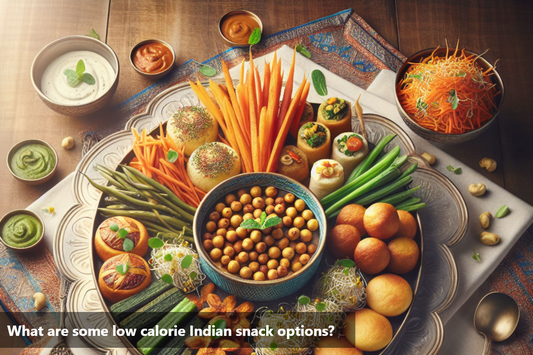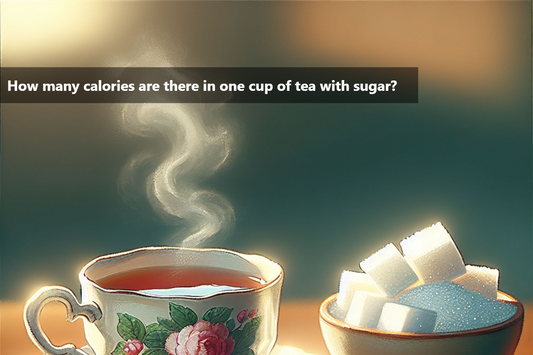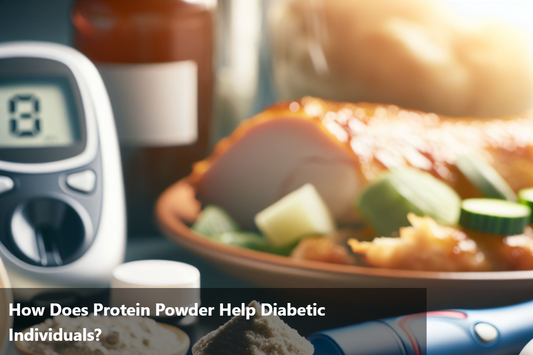As a diabetic, controlling your sugar intake is of prime importance. So what can you do to satisfy your sweet tooth? Go for fruits! Fruits contain natural sugars, fibres, and plenty of essential nutrients that will keep you healthy and reward your sweet cravings.
Despite the plethora of benefits of fruits, not all fruits are low in sugar. And so, Type 2 diabetics must be extra careful about their fruit choices!
How do you select fruits for diabetes?
The main rules for choosing fruits for Type 2 diabetes are:
- Ensure they are fibre-rich
- Low in sugar
- Have a low Glycemic Index
- Are not processed. Say no to juices, preserves, candies, etc.
Now that we know what a suitable fruit should contain and avoid…
What are the best fruits for diabetes in India?
-
Apples
“An apple a day keeps the doctor away.” Indeed, it does. An apple contains only 10g of sugar and has a GI of 32, making it the best low-sugar, low-GI fruit for diabetes. Apples are also rich in fibres, antioxidants, and vitamin C, making them a super healthy delight. The best apples for diabetes are green Granny Smith (Green apples) according to the Harvard Gazette. You can include apples in your diet while being diabetic.
-
Oranges
It is common knowledge that oranges are rich in vitamin C. But did you know, oranges are also rich in fibres and have a low GI of 40? For a diabetic diet, including foods with a low GI is essential. Hence, oranges make a tasty addition to your diet. It is important to note that oranges must be eaten whole and not juiced! Orange juice has a GI of 50, which is significantly higher than a whole orange.
-
Pears
Pears have a relatively low GI of 30 and a high fibre content, making them a good choice for a diabetic friendly diet. They are also empowered with vitamin C, vitamin K, potassium, and antioxidants, making them a healthy fruit option. Make sure the pears you select are firm and tart. Overripe pears have a higher GI and sugar content!
-
Jamun (Java Plum)
As an Indian diabetic, you have probably been suggested jamuns for diabetes management. So is jamun good for diabetes? The jamun fruit has a GI of 25, making it superb for a diet that's diabetic friendly. But the benefits do not stop there. Jamun seeds have hypoglycemic properties that help keep blood sugar levels in check. This effect is because of the presence of alkaloids. Jamun seeds also improve insulin sensitivity, making diabetes management easy!
-
Jackfruit
This super fruit found predominantly in South India has recently found a new limelight for working miracles in diabetes management. Time and again, jackfruit extracts have been proven to decrease blood sugar levels. A study showed a significant reduction in HbA1c, fasting plasma glucose, and postprandial plasma glucose by replacing a tablespoon of rice or wheat flour with green jackfruit flour. With a GI of 50, jackfruit is a great addition to your diet if consumed in moderation.
-
Amla
Amla or gooseberry has potent anti-diabetic properties. It stabilizes your blood glucose levels and improves overall health. Hence, amla is the perfect addition to your type 2 diabetes management. How to take amla for diabetes?
- Eat one fresh amla everyday
- Mix amla powder in your meals or with water
- Consume amla juice, but check the nutritional labels of ready-made amla juice, which contains added sugars.
-
Berries
Berries are the perfect addition to a diabetes meal. Rich in vitamins, fibres, and antioxidants, they have the lowest GI among all fruits. Including berries like strawberries, blueberries, blackberries, and raspberries in your diet helps maintain blood sugar levels and manage diabetes.
Which fruits should you avoid for type 2 diabetes?
-
Banana
Ripe bananas have a GI of 51, which puts them in the moderate GI category. This means consuming too many bananas can spike your blood sugar levels. For a Type 2 diabetes friendly meal, eating bananas in moderation can provide you with the energy you need without causing major fluctuations in your blood sugar levels.
-
Mango
Yes, it is heartbreaking. But mangos too increase blood sugar levels significantly. Mango has a GI of 56, which makes it a moderate to high GI food. It also has a net carb of 13g, which is higher than most fruits. It is best to avoid mangos if you are a Type 2 diabetic patient.
-
Watermelon
Watermelon has a GI of 72. Whew! Due to their high GI and low fibre content, watermelons fall in the fruits to avoid category. So is watermelon bad for diabetics? No fruits are absolutely bad. All fruits can be consumed in moderation. It depends on individual tolerance levels.
-
Pineapple
Raw pineapples have a GI of 66. It causes fluctuations in blood sugar levels. Often ripe pineapples have a higher GI. It is advised to avoid canned or dried pineapples, and especially pineapple juice.
-
Cherries
Adding a sweet cherry to a healthy fruit bowl or morning oats is quite literally a cherry on the top. But unfortunately, a cup of sweet cherries has 18 grams of sugar in it, making them one of the fruits with the highest sugar content. One can consume cherries in moderation for a Type 2 diabetes diet.
-
Dried fruits
Are dried fruits safe for diabetics? According to an NCBI study, dried fruits and nuts are beneficial for diabetes management as long as they have not been dried with sugar and have no coating on them. Of course, personal tolerance towards dried fruits is an important factor.
The bottom line
Fruits are a great source of natural sugars, fibres, vitamins, and minerals. While whole seasonal fruits can be a welcome addition to a diet, however, people with diabetes must watch their overall carbohydrate intake to maintain their blood glucose levels and consume fruits only in moderation. It is very important to note that fruit juices have a much higher glycemic index and must be avoided.
Diabetics should be aware of their tolerance for fruits consumed. Everyone reacts to sugar intake differently, hence tracking your blood sugars regularly and getting in touch with your healthcare team before making changes to your diet is advised.
References:
- https://www.medicalnewstoday.com/articles/311220#dietary-tips
- https://apollosugar.com/food-fitness/foods-to-eat-and-avoid/fruits-to-eat-and-avoid-in-type-2-diabetes/
- https://www.macspharmacy.com/blog/best-fruits-type-2-diabetes/
- https://www.healthline.com/health/best-low-sugar-fruits#How-to-Cut:-Watermelon
- https://www.medicalnewstoday.com/articles/worst-fruits-for-diabetics
This Blog post is an initiative by DiabeSmart, to provide accurate and Nutritionist / Doctor approved information related to Diabetes. DiabeSmart is India's first Food brand designed specifically for Diabetics, that has been clinically tested on Diabetics and Pre-Diabetics to deliver 55% - 70% lower Sugar spikes. DiabeSmart is part of Lo! Foods - India's leading brand for Everyday Functional Health foods.













